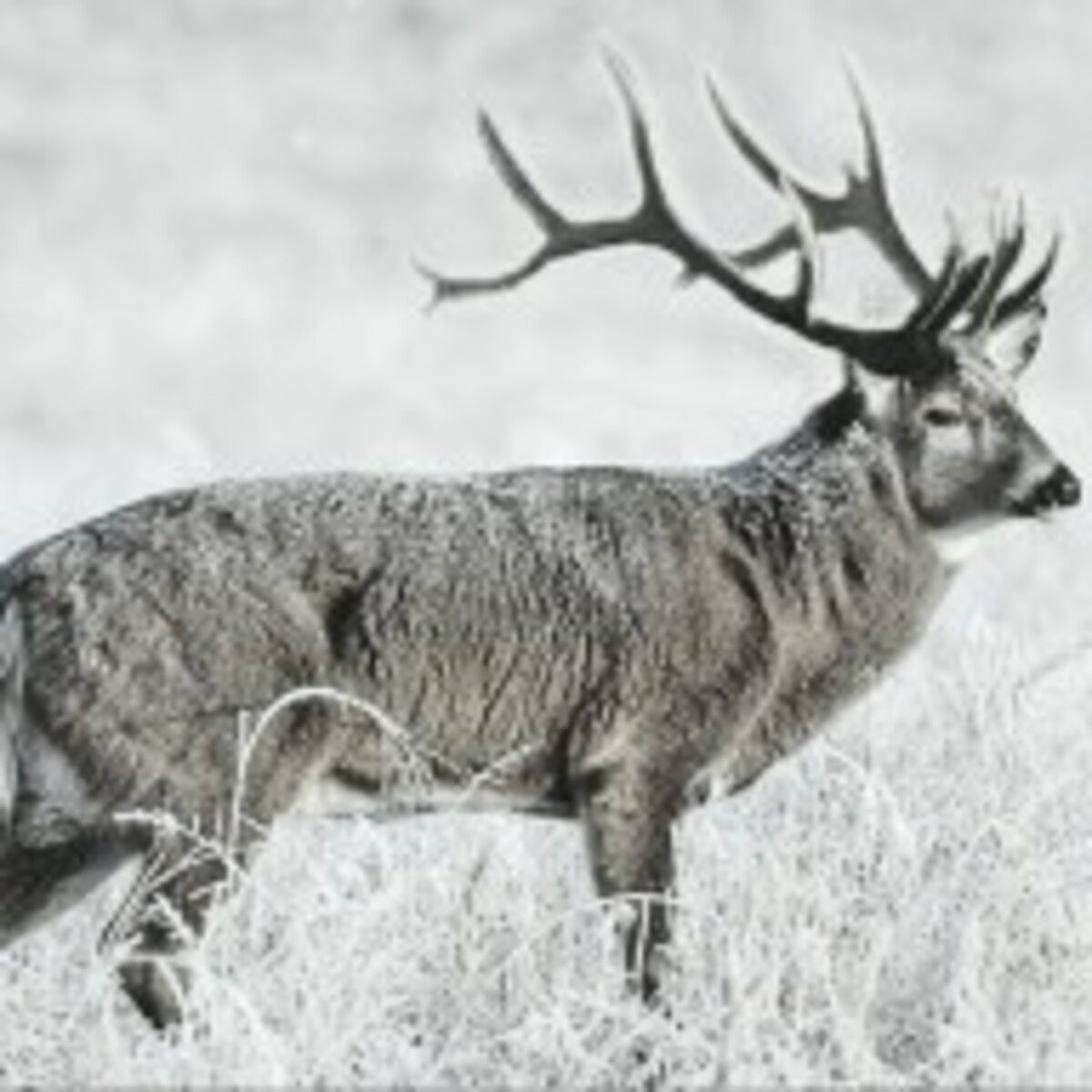
A pair of unnamed Utah residents have been found guilty in a case of illegal hunting along the Utah-Nevada border. According to officials, in December of 2022, Utah’s Division of Natural Resources tipped off the Nevada Department of Wildlife regarding a Utah resident they alleged had shot and killed a large mule deer using what they suspected to be a fraudulent tag.
Following the tip, the department launched a full-scale investigation into the shooting and the suspect and later determined that the shooter had been a Utah resident for more than three years.
“Residency fraud is becoming a real problem,” said John Anderson, Game Warden Lieutenant for the Nevada Department of Wildlife. “In the past, we might see just a handful of these types of cases, but in the last few years that number has grown to a point where our game wardens are spending quite a bit of time investigating residency fraud. That’s valuable time where they could be in the field protecting the states resources.”
Two individuals were charged with multiple wildlife violations, including felony, gross misdemeanor, and misdemeanor offenses, after authorities discovered a fraudulent application and coordinated tag purchases involving the spouse of the primary suspect. The spouse had falsely completed applications and license applications.
The primary suspect pleaded guilty to aiding and abetting unlawful possession and received a five-year hunting license suspension, a 60-day suspended jail sentence, 12 months of probation, and a loss of 36 hunting bonus points.
The second suspect was convicted of a misdemeanor, resulting in license suspension and fines exceeding $600.
Both suspects were ordered to pay $5,000 in fines.
“This case could not have been solved without the crucial collaboration between NDOW and Utah DNR,” said Lieutenant Anderson. This case exemplifies the importance of interagency partnerships in protecting wildlife and enforcing conservation laws.”

